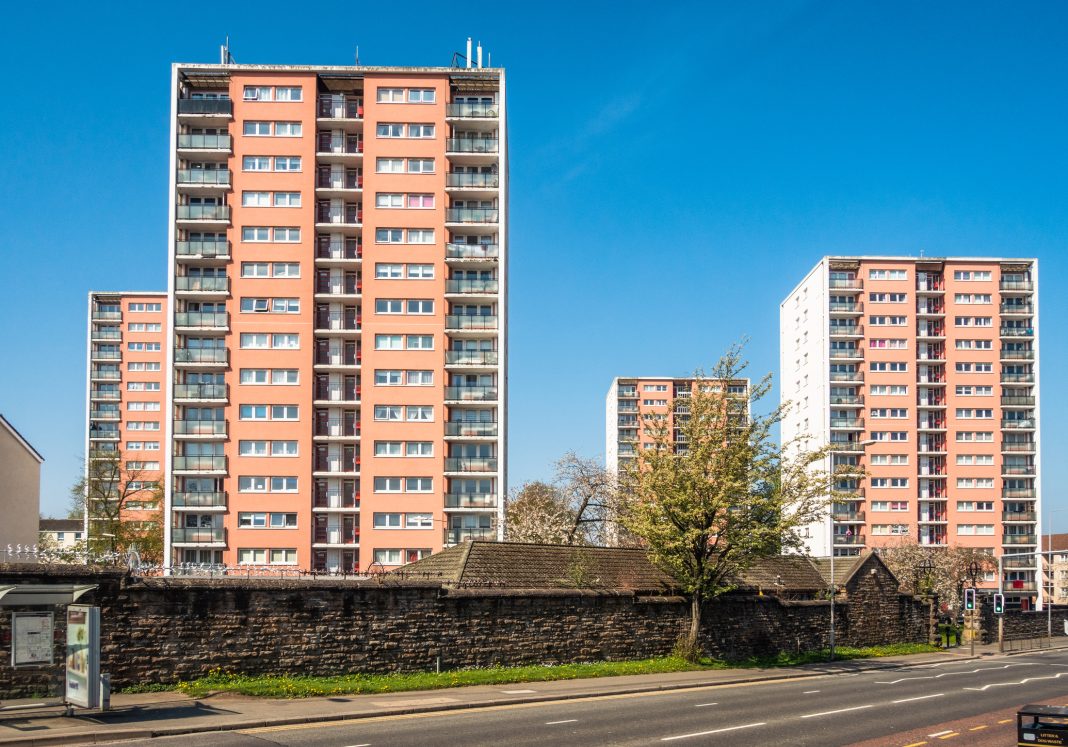Better managed building information leads to safer homes and resident satisfaction rising by 22%
A new white paper from Createmaster and Zutec has found that building information management has improved in the last 18 months- but there is still room for improvement.
As the next provisions of the Building Safety Act 2022 come into force in October 2023, Building Safety in the Digital Age — Embracing Technology for Enhanced Building Information explores how the UK building industry has changed over the past five years, reflecting on progress past, present and future.
The report takes its findings from on the UK residential and rental market, as well as two national sample surveys with non-freehold tenants.
Quality and consistency of communication with residents has improved
In 2023, almost half those polled had a greater knowledge of crucial documentation, especially fire certificates (44%[2]) and the party responsible for them (90%).
There was also a 22% leap in resident satisfaction with asset owner communication in the 18 months between the two polls.
This suggests more robust protocols are in effect around building information provision to residents within the 18-month period.
Actual maintenance was less promising
Consistent across both survey data sets, two-thirds of respondents do not feel their maintenance requests are promptly resolved, with half reporting unaddressed issues.
In fact, the report goes on to indicate residents are now three times more likely to live in poorly maintained homes. Unsurprisingly, service satisfaction declined 10% over the 18 months between the two polls.
Asset owners and facilities managers maintenance spend was found to increase year-on-year raising questions about how to effectively meet the new building information safety provisions required from the Building Safety Act.
Increased safety and communication has yielded results
In 2023, only 2% of residents felt somewhat unsafe in their homes, which was an improvement in findings from 2021.
Building Safety in the Digital Age found that resident awareness around correct fire procedure has risen, meaning residents have a better understanding of how to protect themselves in a fire, as well as the general procedure of their building.
Unfortunately, a significant minority did report lingering fire safety issues, ranging in responsibility from building occupants (items stored in corridors, fire doors propped open), to the asset owner (no sprinklers, faulty fire alarms and locked fire escapes).
Zutec COO, Emily Hopson-Hill says, “Asset owners should take heart in these findings, using them to accelerate efforts to eliminate any risk in their properties. Whilst there were significant improvements in information provision and communication, maintenance response times remain a frustration for tenants.”














